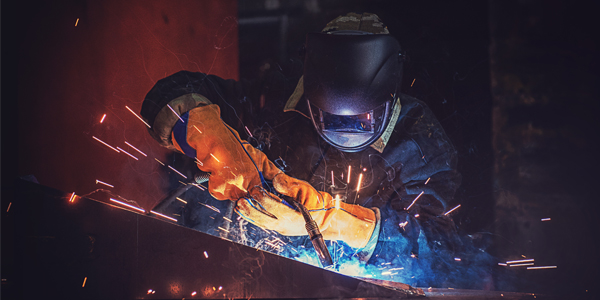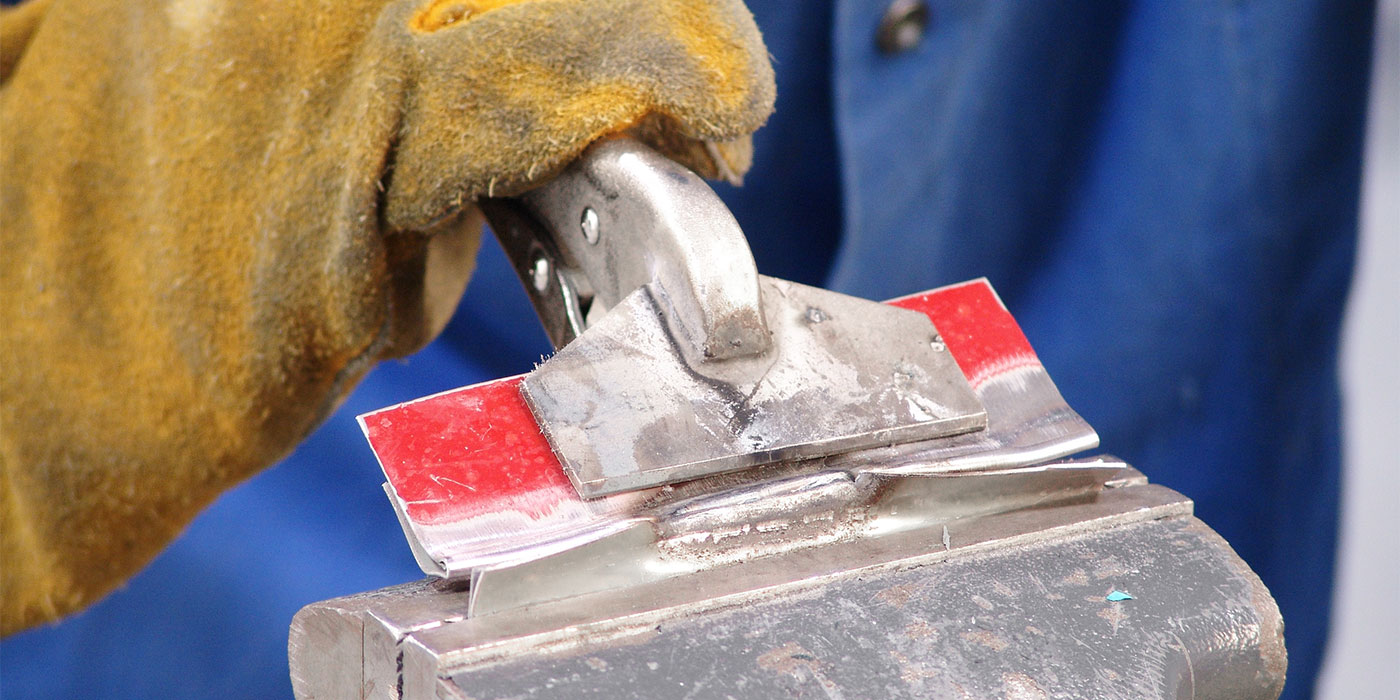We’ve all looked at a car and thought wow, I would have done it this way or that way. I also hear, “My guys do this and we don’t do it that way.” If you’re a manager or quality support person in your shop and you check your technicians’ welds. I commend you. If you use outside services such as Verifacts or others, then I also applaud what you’re doing.
I have two questions for everyone who is reading this: why do you need to check welds? Why would you need a service to verify repairs? Let’s be honest, not every technician can produce a perfect weld every time they pick up a torch or STRSW gun. Whether it be an STRSW or MIG/MAG weld, failures do occur – issues from incorrect or poorly maintained tips to incorrect prepping of welds to a power issue inside the shop.
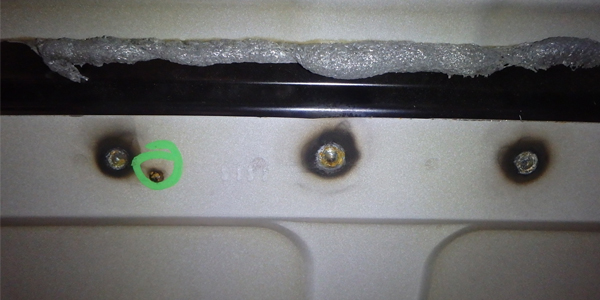
We as an industry hope that when we do test welds, we’ll find any potential issues and take corrective action. We must also realize we’re human and “stuff happens.” Recognizing and correcting that failed weld is key to avoiding costly mistakes. If failed welds occur regularly in repairs, then coaching or training is needed for the technician or the entire shop.
Dressing a weld cannot be considered until the weld is done correctly. Once we address where we need coaching, we can address the issue of finishing that weld. In essence, we have to start with a proper foundation before we can address the finish look. An improper weld that looks good is still a failed weld.
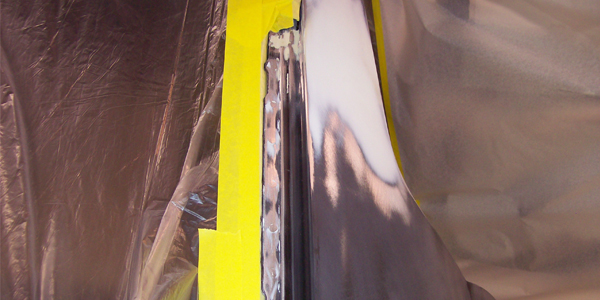
So many shops are struggling with a lack of training on how to use equipment correctly throughout this industry. There are thousands of dollars of excellent equipment sitting in the corners of body shops gathering dust. I find it frustrating when a shop buys a fantastic piece of equipment and can’t get training. I realize that they may not have asked the right people on where and how to get training and, due to a lack of communication with techs, not realizing the techs need training. Frankly, some shops don’t want to waste time or money on training. Or, they did train their employees, but as new employees came on, more training was needed. I’ve said before that the vendors need to step up and offer training programs for shops – not just sell tools but train on them regularly. Some vendors do have training available but shops just don’t ask or even know about it.
Take my advice and please take the step to call your vendor. Ask questions about what training is available. If there is training, take advantage of it on a regular basis to help improve the quality and consistency of welds in your shop. If none is available, seek out I-CAR or other sources of training.
Dressing Proper Welds
Now we need to dress the welds for success. Success means that the weld not only looks good but will also maintain its structural function and last the test of time. New steels today are definitively stronger than steels of the past. These new steels may corrode faster due to how thin the metal has become and their reaction after factory corrosion protection is removed. Then, you have to take into effect all the new nasty chemicals and roadway environments they will be subjected to every day. OE manufacturers spend a great deal of time, money and effort to fight the corrosion dilemma.
Making sure that we as an industry do the same during repairs is critical to a shop’s survival in the competitive world of business. I cannot overlook the fact that the safety of the owner and their family is the no. 1 priority.
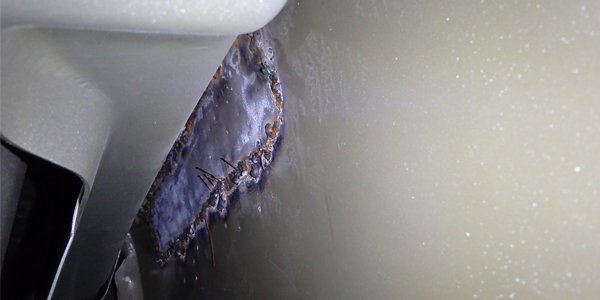
The type of weld and the equipment needed to make the weld must be researched to meet OE requirements on steels or materials being welded. STRSW spot welds, MIG/MAG plug welds or seam welds must be performed where designated by OE instructions. Assuming anything in today’s automobiles regarding repair procedures is a risk none of us want to take.
The number of welds, spacing or pitch of the welds, edge distance – all of these are required to be correct as well as a weld with proper penetration. These factors are not only important for vehicle structural integrity but also so the welds look like the factory welds. Visible welds need to look like factory welds as much as possible.
With this being said, STRSW plug welds should be used whenever possible during repairs. Duplicating appearance saves time for technicians and keeps repair consistent with the OE build process. Also, when done correctly, STRSW welds are simple to dress. Bad STRSW welds with blowout or other defects need to be corrected. Not only will you have the issue of a failed weld, dressing will be very difficult to achieve as melted metal will limit access to the bottom of weld to clean soot and contaminants. This can cause failure of the paint and also corrosion issues later on. Non-visible welds and/or welds that will be covered with seam sealers still need to be done correctly and dressed. Seam sealers may not adhere in welds where blowout or porosity is present.
Thinning Metal
STRSW welds offer great advantages such as being consistent in integrity, easy to dress and fairly quick to perform. But sometimes those electrodes will not reach places you need to access. That’s when you need to resort to MIG/MAG plug welds. During this process, metal is added to the weld, and many times, more metal than needed is added, causing buildup. This is also evident when welding a seam with a MIG/MAG welder. The excess will usually be removed by grinding.
I know it seems obvious to say, but when welding metal together, maintaining the thickness of the base metal is a crucial step. During the grinding of the excess height, or dressing of the weld, technicians may take so much of the height down trying to make it flat that they end up grinding into the base metal. Instead of making it flat, this thinning of the metal will cause a dip. In today’s world of steels and engineering, any weakening of the vehicle structure via thinning of the metal would be unacceptable.
Aggressive grits with the wrong grinder can cause this excessive thinning. In the process of dressing a weld, a technician may grab an angle grinder and start grinding the bead in the weld zone. The technician may not realize how fast the metal is coming off and how much surface area or contact area they’re affecting. Setting technicians’ expectations or coaching them on changes in steels and the need to use more thought than in years past would be a good start to raising their awareness and preventing problems with the repair.
Grabbing a grinder and going wide open has never been a good idea. Techs should use the correct tools and grits they’re comfortable with and can control. This is not only better for the repair but safer for the technician.
File belt sanders have made a huge difference in many repairs in this industry. They offer almost pinpoint accuracy as far as control of the contact area and speed where you need to grind. But it should not be the only tool used. Each weld has different concerns. Techs should always think ahead about access, sparks and heat issues.
Preparation
Properly dressing a weld to remove all contaminants and correcting any porosity in the welds will assure that all fillers and topcoats adhere and protect the repair area. Bad prep will ultimately fail to last the test of time. Body fillers, as well as primers and paints, need a properly prepped surface free of any contamination caused by the welding process. Shortcutting here can be a major dilemma in the repair.
Plug Welds
There are are two trains of thought on how a MIG/MAG plug weld should be dressed: slightly domed or flat. Some want to leave a slight dome to not thin the surrounding base metal during dressing. I-CAR addressed the issue some years ago, and they concluded that a proper weld ground flat did not reduce its strength. I’ve also seen some OE procedures that also say to grind GMA welds flat. My advice would be to look up the OE procedures and follow their guidelines. These procedures will also indicate whether weld-through primer should be used as well as adhesives for weld bonding procedures.
Seam Welds
Warping during open butt joints can be difficult to control. Discipline while welding can reduce the amount of effort needed to dress a weld. Proper settings and taking time to manage the heat may save a great deal of time finishing the repair. If backing is recommended by the OE, warping may be reduced or be less of an issue. Warping may not be eliminated, though, as too much heat is sometimes still being used during the weld. The real concern is making sure the penetration and thickness of the weld are correct to the backside.
Making sure you’re using the correct type and diameter of wire will make the process easier. Not knowing how to set the heat and wire speed with the welder being used can be disastrous. Don’t just pick up a welder and go with what is in the machine. Along with proper techniques and gas, it sounds simple, yet welding has proven to be one of the biggest challenges in the industry. The point is, if you do not know how to use your welder, don’t.
MIG Brazing
Although MIG brazing is not new to the industry, many are still learning how to perform the welds as well as when and how to dress them. One of the big advantages MIG brazing offers is the low heat affect and less warping of metal, particularly in seam welds. Less warping means the technician doesn’t have to straighten the metal prior to applying body filler.
When dressing is required of a brazed weld, less aggressive grits and pressure are required. As the brazing process is about the wicking between the panels during plug weld process, the weld is sanded flat and prepped the same as steel welds. The same applies for seam welds. It must be done correctly to work, though. When a seam weld is completed using MIG brazing, the bead must have penetration and flow to the backside. Without that, the process will fail. When the front is sanded flat, there will not be enough strength to maintain the joint. No matter which process you use, thinning of the base metal should be avoided.
The Backside
There are many points to consider for dressing the front, or visible side, of any weld. You cannot forget the backside. Be sure to clean the backside where possible and apply primers such as epoxy primers. You need a good barrier coat to protect against moisture. Where recommended or required, flood the area with wax-based corrosion protection. Making sure the weld is dressed for success front and back is key to quality and reducing any issues. So many times, this is overlooked and creates major problems down the road. Protecting the backside is as important as what it looks like on top. A customer may not see that, but failure to protect the backside will create a problem sooner or later. Protect the metal at the time of repair to prevent an expensive warranty issue later.
Summary
Although dressing welds may not be rocket science, the process does require an understanding of welding and the metals being welded. Correct fillers, primers and preparation are also a huge part of the process. When adhesive bonding is recommended, I urge you to follow all manufacturer guidelines on adhesives and weld-through primers. Dressing welds is not just making it look pretty.
Mitch Becker has been a collision industry trainer for 30 years. He can be reached at (612) 865-6229 or [email protected].

